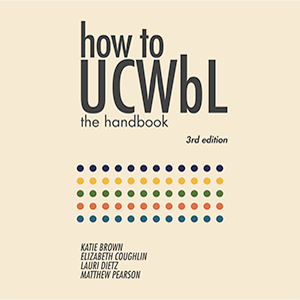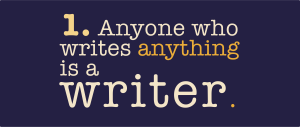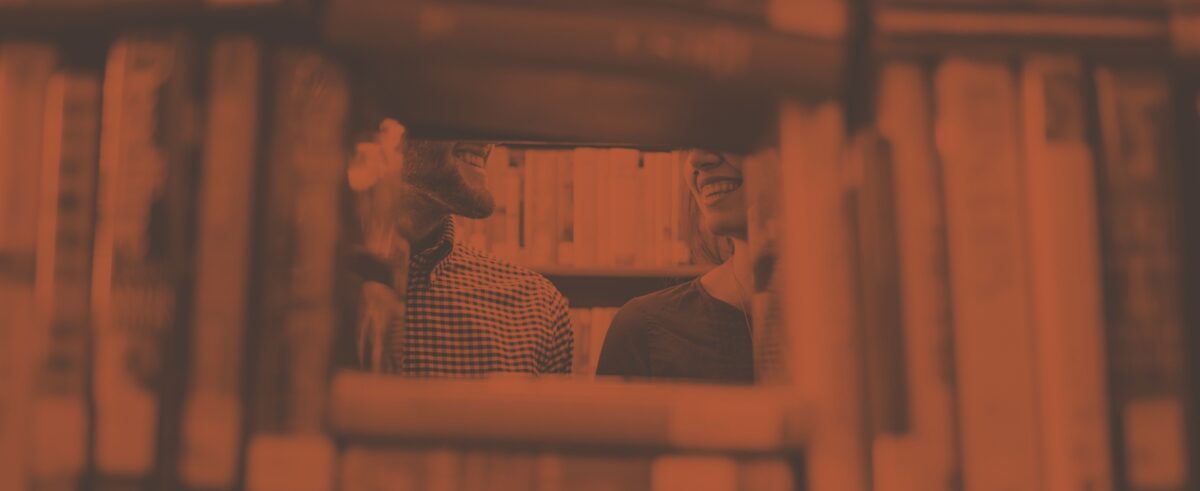A few years back I attended a presentation from a tenure-track candidate in DePaul’s WRD program. I knew the candidate, Dr. Schneider, well—I had taken courses with him in my MA in WRD—but I did not know too much about his research. In this presentation I was introduced to Spatial Theory, seeing how he connected it to Discourse—the D in WRD. And that got me thinking about the work I do with the CMWR and the UCWbL at large.
Over those two years, I spent time here and there researching Spatial Theory—connecting it to Discourse and thinking about the UCWbL. Gee defines Discourse as, “ways of combining and integrating language, actions, interactions, ways of thinking, believing, valuing, and using various symbols, tools, and objects to enact a particular sort of socially recognizable identity.” That made sense; I could see our UCWbL Discourse.
So I started thinking ok, where does this Discourse happen? Obviously in the UCWbL spaces. But then I wanted to know more about what that was showing us about our Discourse. Spatial Theory presents the idea that where things happen are important for understanding why and how those things are happening—in a learning environment like ours, that’s huge! But it also explores how we use those spaces to create place—the more humanized outcome of how we value and identify with that space. And that’s what I wanted to explore: the place we create.
 From my work with the CMWR and my studies in Discourse, I immediately saw the connections between Spatial Theory and Discourse that Dr. Schneider worked with in his research. We have a pretty strong community at the UCWbL. Us UCWbLers—the noun for a person who works at the UCWbL—have an identity; we know what it means to be an UCWbLer. We have a unified identity and participation in this community. We use similar language and talk about writing in similar ways. We see and value writing, language, and literacy similarly. We are driven by common beliefs, values, and practices related to writing.
From my work with the CMWR and my studies in Discourse, I immediately saw the connections between Spatial Theory and Discourse that Dr. Schneider worked with in his research. We have a pretty strong community at the UCWbL. Us UCWbLers—the noun for a person who works at the UCWbL—have an identity; we know what it means to be an UCWbLer. We have a unified identity and participation in this community. We use similar language and talk about writing in similar ways. We see and value writing, language, and literacy similarly. We are driven by common beliefs, values, and practices related to writing.
That’s great. But it’s not enough.
What Spatial Theory got me thinking about more was not just us insiders—us UCWbLers. It got me thinking about the entire UCWbL community. Those who come to the Writing Center, our events, and our programs are equally a part of the UCWbL. In fact, our writers are why we are here in the first place. How do we invite them into our community, our Discourse, our space? How do we turn the UCWbL from a Writing Center or a classroom workshop or a Walk and Talk to something more meaningful, more personal? How do we create place together?
Well, there isn’t a clear-cut answer.
I knew I wanted to move from what UCWbLer means to considering what that sense of UCWbLness is. So time was spent thinking about this more. A lot of time. A lot of thinking. Katelyn—the CMWR GA—and I talked through space, our space, Discourse, and our Discourse and what place could be here. Our brains began to hurt. So the two of us then developed an Inservice for UCWbLers to help us start thinking through what this all means together. We figured it was a good brain hurt, so why not have others experience it too! This was—I’ll admit—very abstract, and the Inservice started some great conversations.
 We talked about the meaning that rickety old wooden table in the back of the Loop Writing Center has for us and what it presents to visitors.
We talked about the meaning that rickety old wooden table in the back of the Loop Writing Center has for us and what it presents to visitors.
We talked about the signage and the transparency of our beliefs, values, and practices—not to mention “Good People. Good Writers.”
We talked about how we can use our spaces to give our participants access to our Discourse, inviting them in to see, talk about, and value writing the way we do, to identify as a writer.
In the end, we didn’t have any clear, concrete, takeaways. But we did get thinking more about that sense of UCWbLness. That connection to these spaces—making them places—that help writers identify themselves as writers.
If you’d like to review our slides and questions, you can do so here: Reexamining Discourse and Space
Discover more from UCWbLing
Subscribe to get the latest posts sent to your email.

